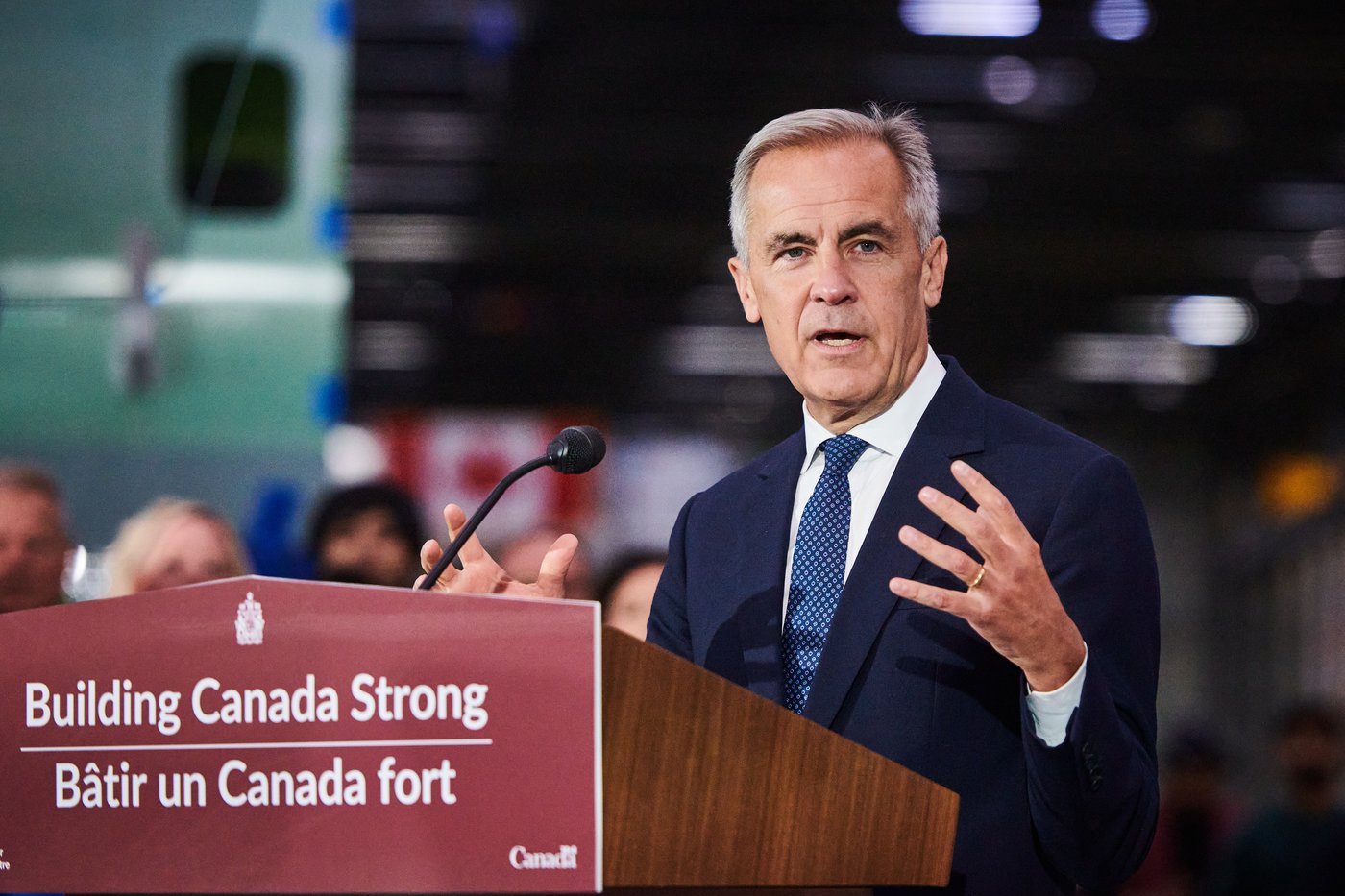Even with subsidies, Nain has the highest food costs in Canada, say researchers
According to a federal government initiative that aims to mitigate the sting of high food prices, Nain has the highest grocery costs of any community in its program.
Nutrition North Canada is a federal government program that subsidizes some food items, as well as certain non-food items — such as diapers, soap, hand-sanitizers and personal hygiene products — sold by registered retailers, suppliers, country food processors and local food growers.
But even with the subsidies, some residents in Nain continue to struggle with food prices.
“They’re crazy. We’re barely making it right now only on one income. We’re just making small meals and just trying to survive on what we can get,” said resident Katie Henoche outside the community’s Northern Store.
One small bag of groceries cost Henoche about $140.
Derrick McLean feels the same pinch. With subsidies in place, he said, people on Labrador’s north coast should expect to pay the same price on groceries as those living in Happy Valley-Goose Bay.
But they’re not, and McLean says people are going hungry.
“It’s one thing or the other. That’s the reason why we try to live off the land as much as we can, because it’s just too expensive to buy groceries,” he said.
Tracey Galloway, an anthropology professor at the University of Toronto, and Nicholas Li, an economics professor at Toronto Metropolitan University, recently published a study on the Nutrition North subsidy.
According to data from the program, the average weekly cost of food for a basket of 61 foods from Canada’s nutrition guide for a family of four living on the north coast of Labrador is $467. The cost is $324 in central Labrador and $294 in St. John’s.
Galloway told CBC News the Nutrition North subsidy isn’t doing enough to help.
“These prices are persistent. They really are out of reach for many families,” she said. “There has been a lot of advocacy from places like Labrador, Nunavik, Nunavut, Northwest Territories and Yukon for the federal government to make improvements.”
Even along the northern coast there are large differences in food prices between each community, said Li.
Nain has the highest cost for the food basket for any community in Canada, he said.
That cost was $503 as of the latest data in March 2021 — a 61.88 per cent increase from March 2011. The same food basket costs $422 in Rigolet.
Galloway said retailers sign contribution agreements with the federal government to take part in the Nutrition North Canada program. The federal government pays the retailer the food subsidy directly and the retailer passes on the value of the subsidy to the customer.
But the subsidy is different for each community.
“That takes into account the fact that things like fuel costs, freight rates and electricity costs are different in different places,” she said.
“So the subsidy being different — different rates in different towns — they’re supposed to kind of iron that out and makes sure that food costs are relatively level across different communities and we see that that doesn’t happen. That’s been a critique of the subsidy rate from the get go.”
Galloway said another problem is that there’s no public data for all of Labrador’s northern communities. Nutrition North Canada has data for only Nain and Rigolet.
“That data is not reported even though retailers in those communities do receive subsidy funds,” she said.
“The last year we have full fiscal reporting for the subsidy — that’s 2021, ending in March 2022 — stores in Newfoundland and Labrador received $1.6 million in subsidy and we really don’t have full accountability about where those dollars went.”
Jennifer Cooper, a spokesperson for Crown-Indigenous Relations and Northern Affairs Canada, told CBC News the department works closely with northern and Indigenous partners to monitor results for ongoing improvements, to ensure its operations are fully transparent.
“Retailers and suppliers are equally accountable and have a significant role to play. Each year, a sample of registered retailers and suppliers are selected to undergo a compliance review,” she said in an emailed statement to CBC News.
“This process helps determine whether they are complying with the terms and conditions of the funding agreement they signed, and includes an assessment of logistics efficiency, price transparency and profit margins. The department then works with retailers and suppliers to address the recommendations made by the third-party auditors and to develop action plans when required.”
Download our free CBC News app to sign up for push alerts for CBC Newfoundland and Labrador. Click here to visit our landing page.



